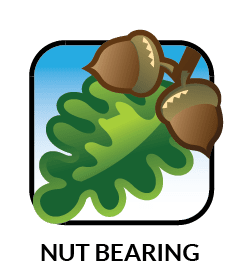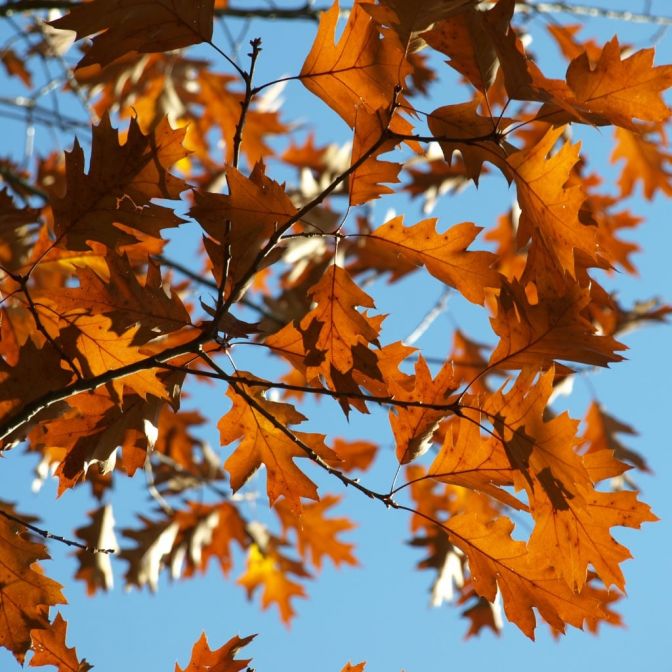Red Oak
Plant Type: Dormant, bare-root
Zones: 3-8
Soil Type: Clay, Loamy & Sandy Soils
Site Selection: Full Sun, Partial Sun
Mature Height & Width: 60-70' Height and 40-50' Spread
Growth Rate: Moderate/Fast - 12-24" or more per year on average
Moisture Requirements: Average soils
Red Oak Forestry Plugs Also Available - CLICK HERE






Red Oak
Quercus rubra
The Red Oak is a classic American tree. This oak is a solid, long lived tree with strong trunks and branches. This tall tree offers a dense crown making it an ideal shade tree. The leaves turn reddish-orange for a brilliant display of color in autumn. While at home in the wild, this tree will also do well as a street tree in the urban setting. It has good tolerance for pollution and compacted soil as well as light to moderate drought conditions. The Red oak produces an acorn that many types of wildlife enjoy.
The Red Oak is also known as the Common Red Oak, Eastern Red Oak, Mountain Red Oak and the Gray Oak.
The Red Oak is a strong and hardy tree that grows in a variety of soil conditions. While this makes a great choice for your wooded area or filling in an open field, this tree is also suited for the urban environment as it tolerates pollution and soil compaction well. Its strength gives you comfort from falling branches when planted near your home or outbuilding. This oak will grow at a medium to fast pace once it is established and can grow up to 24" per year in the right conditions. This tree is a very good source for food and nesting for a variety of birds and mammals.
Common uses for the Red Oak include:
- Fast growing shade tree
- Lumber used for cabinets, flooring and many other projects
- Good heat value when used for firewood
- Excellent wildlife value
The Red Oak provides good food and cover for a variety of birds and small mammals. Often times, the tree will develop cavities as it ages which are useful to many types of wildlife. Deer, elk, moose and rabbits commonly browse the leaves of this tree. The acorns that this tree produces are enjoyed by a number of large and small mammals and birds.





